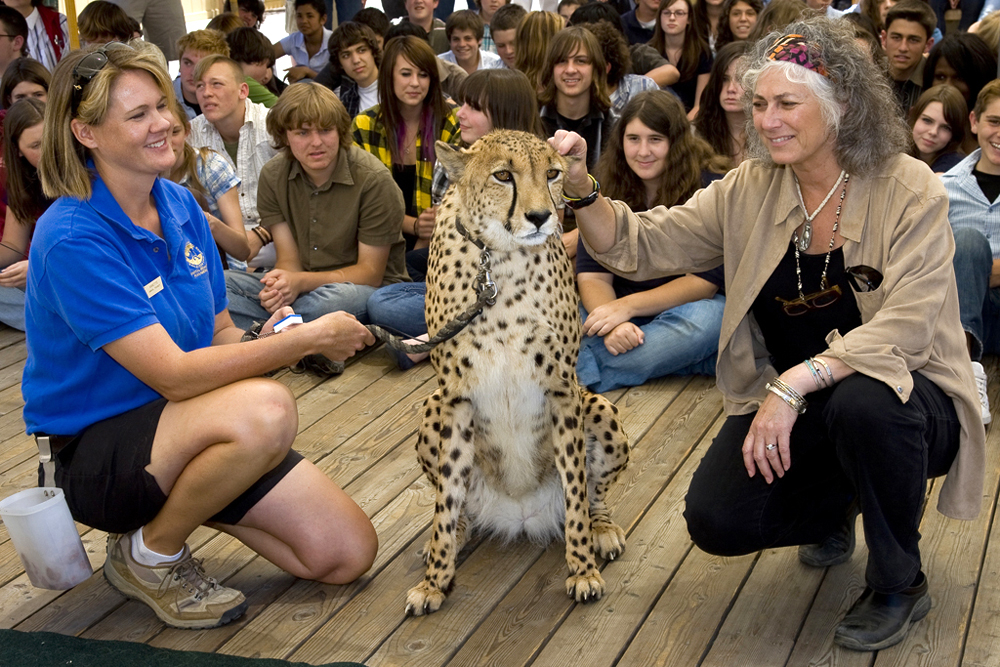Cheetahs are one of the most popular and well loved zoo animals. Many serve as "animal ambassadors" that represent their species and why they should be protected. As famous as these cats are, problems exist with cheetahs in captivity. One problem is cheetah breeding and reproduction. Due to unique breeding tendencies that cheetahs possess, difficulties are common. Along with breeding behavior, social conduct among cheetahs makes intersexual contact hard. Male cheetahs typically live in small social groups whereas females are solitary and very particular in who they will select as a mate. Bringing the sexes together is a touchy situation that must be handled with caution. However, many zoos themselves are historically a major factor in why cheetahs aren't propagating well. The many undocumented behaviors around cheetah breeding and husbandry lacking greatly are parts of why cheetahs have problems producing more young, not necessarily because of genetics. Lastly, cheetahs are prone to health issues, both genetically and acquired, so trying to handle maintaining and adding numbers to the shaky cheetah population is a difficult task.
With problems abound, actions are being taken to alleviate these issues. Artificial insemination, or injecting the cryopreserved sperm of a Namibian male cheetah into a captive female, has improved the genetics of the population. Breeding and husbandry management in zoos is also being improved with a focus on how to increase cub production and survival rates as well as how to recognize the relationship between cheetah age coinciding with sexual maturity. Finally, improving the knowledge on how to treat kidney disease, a prominent issue with cheetah health, along with finding ways to eliminate stress in cheetahs in order to allow them to live happier and healthier lives are steps being taken to improve cheetah health.
With zoo cheetah population being monitored in an international studbook, which contains information on gender, parental origin, date of birth, and location on every zoo-registered cheetah in the world, it is clear that the task of maintaining and helping the cheetah population rebound is being taken much more seriously. Zoo cheetah study is important if the entire species is going to be able to make it. Important leaps in medical and social knowledge of these animals are being discovered frequently. If the zoological world continues down this path, great things are going to come out of it.

Works Cited:
Cheetah Conservation - National Zoo| FONZ. Cheetah Conservation - National Zoo| FONZ. N.p., n.d. Web. 30 Oct. 2014.
Hinostroza, Janet R. Cheetah Conservation Fund Founder Laurie Marker Had the Privilege of Meeting Majani! Digital image. San Diego Zoo. N.p., 13 July 2012. Web. 30 Oct. 2014.



 Citations:
Citations: